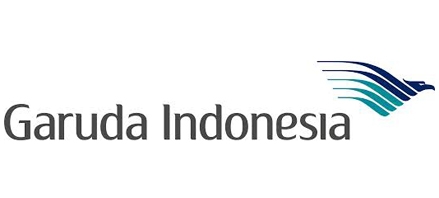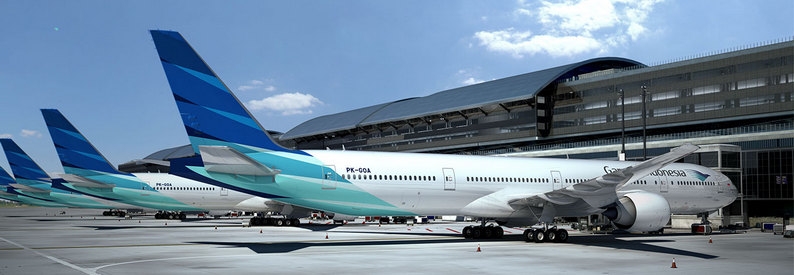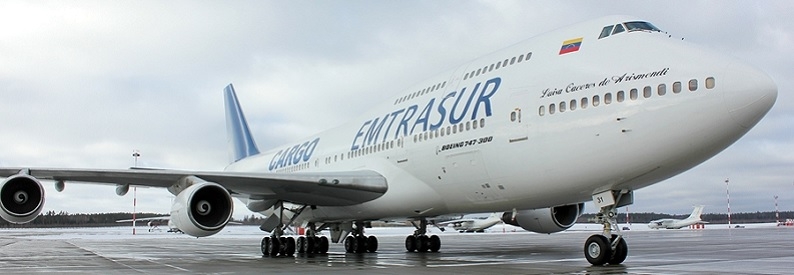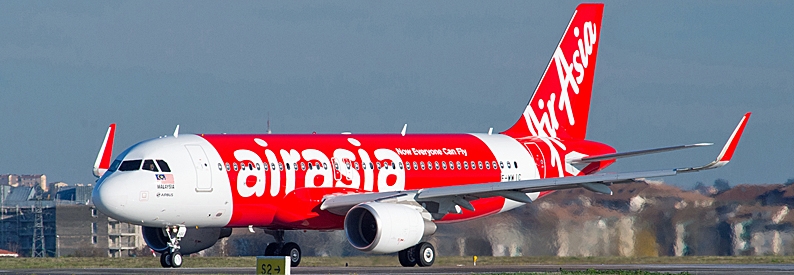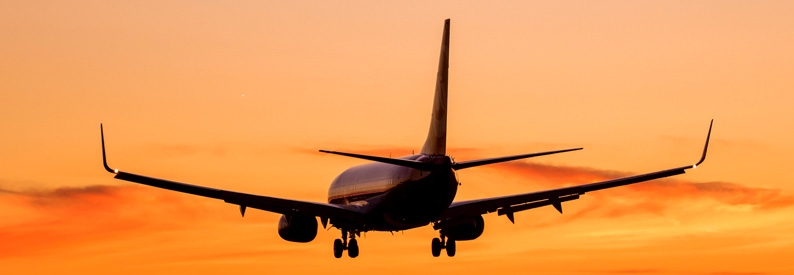Garuda Indonesia (GA, Jakarta Soekarno-Hatta) is contemplating a significant fleet reduction as a cornerstone of its post-COVID restructuring strategy, which could see the number of its aircraft halved to around 70, Chief Executive Irfan Setiaputra said in an internal memo reported by Bloomberg.
"We have 142 aircraft, and our preliminary calculation on how we see this recovery has been going, we will operate with several aircraft no more than 70," Irfan said.
In a follow-up statement to Indonesian media, Irfan clarified that the downsizing would be adjusted according to the level of demand in the coming years. The numbers given by him concern only the mainline Garuda Indonesia fleet together with regional divisions Garuda Explore (Jakarta Soekarno-Hatta) and Garuda Explore Jet (Jakarta Soekarno-Hatta), but not the group's low-cost carrier, Citilink (QG, Jakarta Soekarno-Hatta).
Irfan indicated that currently, Garuda was operating only 41 aircraft. Many of its grounded aircraft had been impounded by lessors due to defaults. However, he did not identify either the number of aircraft affected or the total sum of overdue payments.
In total, Garuda has around IDR70 trillion Indonesian rupiahs (USD4.9 billion) in debt. Irfan said that unless the airline swiftly executes the necessary restructuring, it could go bankrupt as its liabilities were presently increasing by over IDR1 trillion (USD70 million) per month.
According to the ch-aviation fleets module, Garuda's current fleet includes seven A330-200s, seventeen A330-300s, three A330-900s, thirteen ATR72-600s, one still grounded B737-8, seventy-three B737-800s, ten B777-300(ER)s, and eighteen CRJ1000s (which the airline is trying to return despite the lack of agreement with lessor Nordic Aviation Capital). It has firm orders for four A330-800s, nine A330-900s, and forty-nine B737 MAX 8s, although Irfan has repeatedly said in the past that Garuda will not be taking any more B737 MAX.
The bulk of the carrier's fleet (128 aircraft) is dry-leased.
Garuda has announced a voluntary redundancy programme to cut costs, which will start on July 1, 2021, although it is not yet clear how many employees will be affected.
